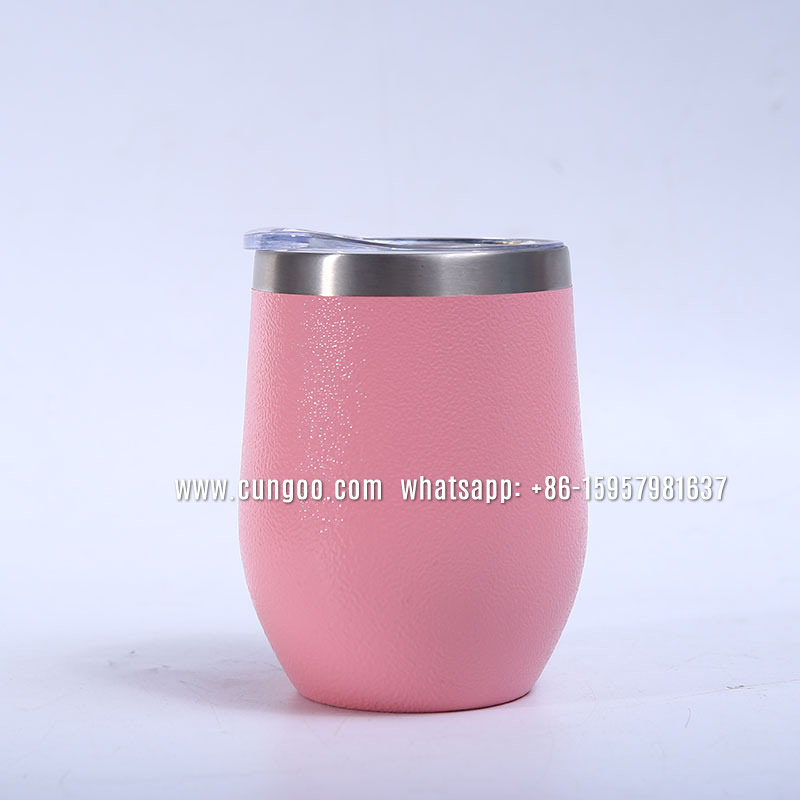Why is it called a vacuum flask?
A vacuum flask is called so because of its unique design feature: the vacuum between its double walls. Here’s a detailed explanation:
- Vacuum Insulation: The flask consists of two walls, typically made of glass or stainless steel, with a vacuum (an area devoid of air) in between. This vacuum significantly reduces heat transfer by conduction and convection, which are the primary methods of heat transfer through air or other gases.
- Heat Transfer Reduction:
- Conduction: Heat transfer through direct contact is minimized because there is no air or other medium to conduct heat between the inner and outer walls.
- Convection: Heat transfer through the movement of fluids (like air) is also minimized because the vacuum space lacks air molecules to carry heat.
- Radiation Reduction: The inner surfaces of the walls are often coated with a reflective material to minimize heat transfer by radiation. This reflective coating helps to keep hot liquids hot and cold liquids cold by reflecting heat back to its source.
- Historical Context: The vacuum flask was invented by Sir James Dewar in 1892. Initially, it was used for scientific purposes to store liquefied gases at stable temperatures. The term “vacuum flask” was coined to describe this innovative use of a vacuum to insulate the contents.
- Why is it called a vacuum flask?
- What is the difference between a thermos flask and vacuum flask?
- What is a vacuum flask used for?
- Double-Layer insulated ice bucket with a handle
- Large capacity insulated thermos water bottle 316 1.6L vacuum flask
- Outdoor Tumbler New Model 2025
- Large capacity portable insulated tumbler
- Bullet head thermos cup
- Hot selling large capacity insulated cup 304 stainless steel insulated cup
- Japan Insulated cup handle cover portable large capacity straight drinking cup
- New 304 stainless steel insulated cup
- 18oz Insulated Pot Outdoor Large Capacity Double Lid
- 12oz sus 304 vacuum flask
- 304 stainless steel portable large capacity insulated tumbler
- Simple and large capacity space kettle
- Large capacity outdoor sports kettle Ice Bucket
- 60oz/128oz outdoor water bottles 32oz/40oz/64oz/87oz
- 304 stainless steel insulated cup handy cup small capacity
- 240ml stainless steel milk cups coffee mugs
- 500ml/700ml water bottle
- Stainless steel water bottles like cola bottle 500ml/1000ml
- 304 stainless steel insulated cup 12oz coffee mug
- 12oz/18oz/26oz/36oz/64oz 304 stainless steel insulated tumbler
- Types of Insulated Tumblers
- Key Features of a Vacuum Flask

In summary, the name “vacuum flask” directly refers to the vacuum between the double walls of the flask, which is the key feature that provides its excellent insulation properties. This design allows the flask to maintain the temperature of its contents for extended periods, making it highly effective for keeping beverages and food hot or cold.


